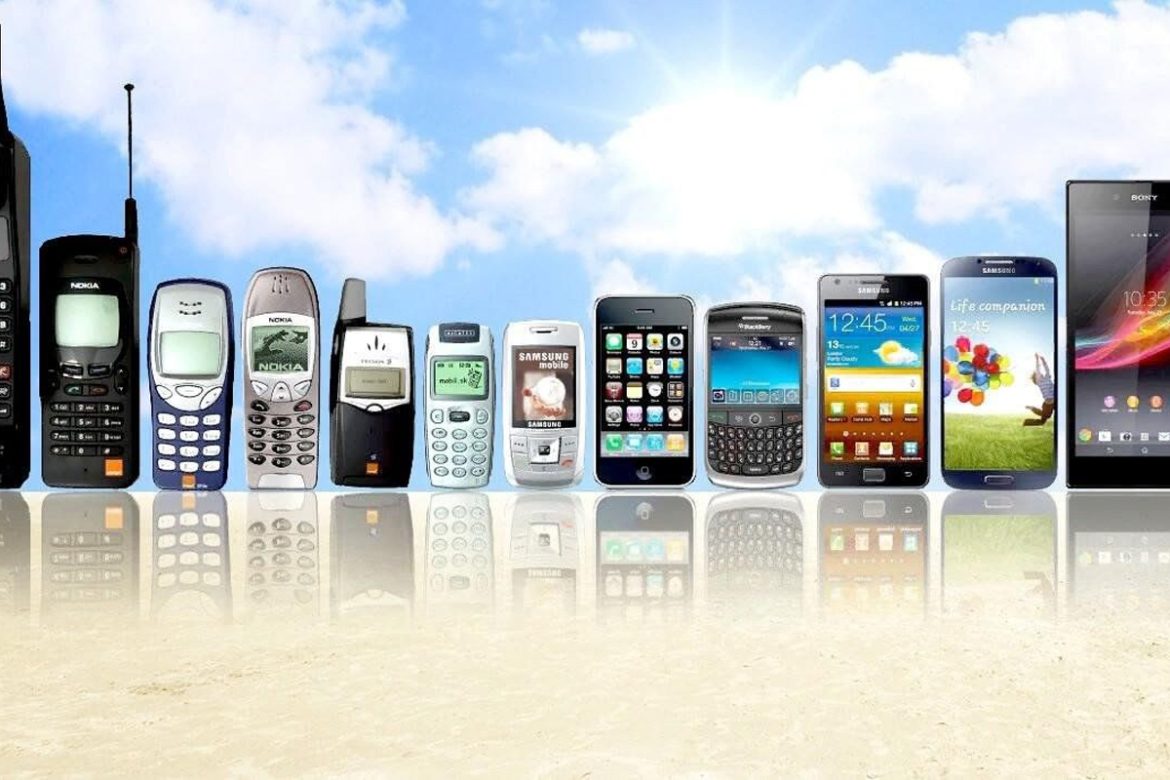In the past few decades, technology has transformed almost every aspect of our lives. The speed of innovation is only accelerating, and we are now on the brink of a new technological era that promises even more profound changes. From artificial intelligence to biotechnology and renewable energy, the future of technology holds exciting possibilities—and significant challenges. Here’s a look at some of the most promising areas in tech and how they’re likely to shape our world in the coming years.
Artificial Intelligence and Machine Learning
Artificial intelligence (AI) and machine learning (ML) are rapidly evolving and increasingly integrated into everyday applications. In the near future, we can expect AI to be at the core of decision-making in areas ranging from healthcare and finance to transportation and logistics.
One of the most exciting areas of AI development is natural language processing (NLP), which allows machines to understand and respond to human language. AI-powered chatbots, language translation apps, and even creative writing tools are becoming more sophisticated, making it easier for people to interact with technology.
However, as AI advances, ethical concerns about privacy, bias, and job displacement are also growing. The automation of certain tasks poses a risk to jobs, especially in fields like manufacturing and customer service. Addressing these issues responsibly is crucial as we continue to rely on AI for complex decision-making processes.




